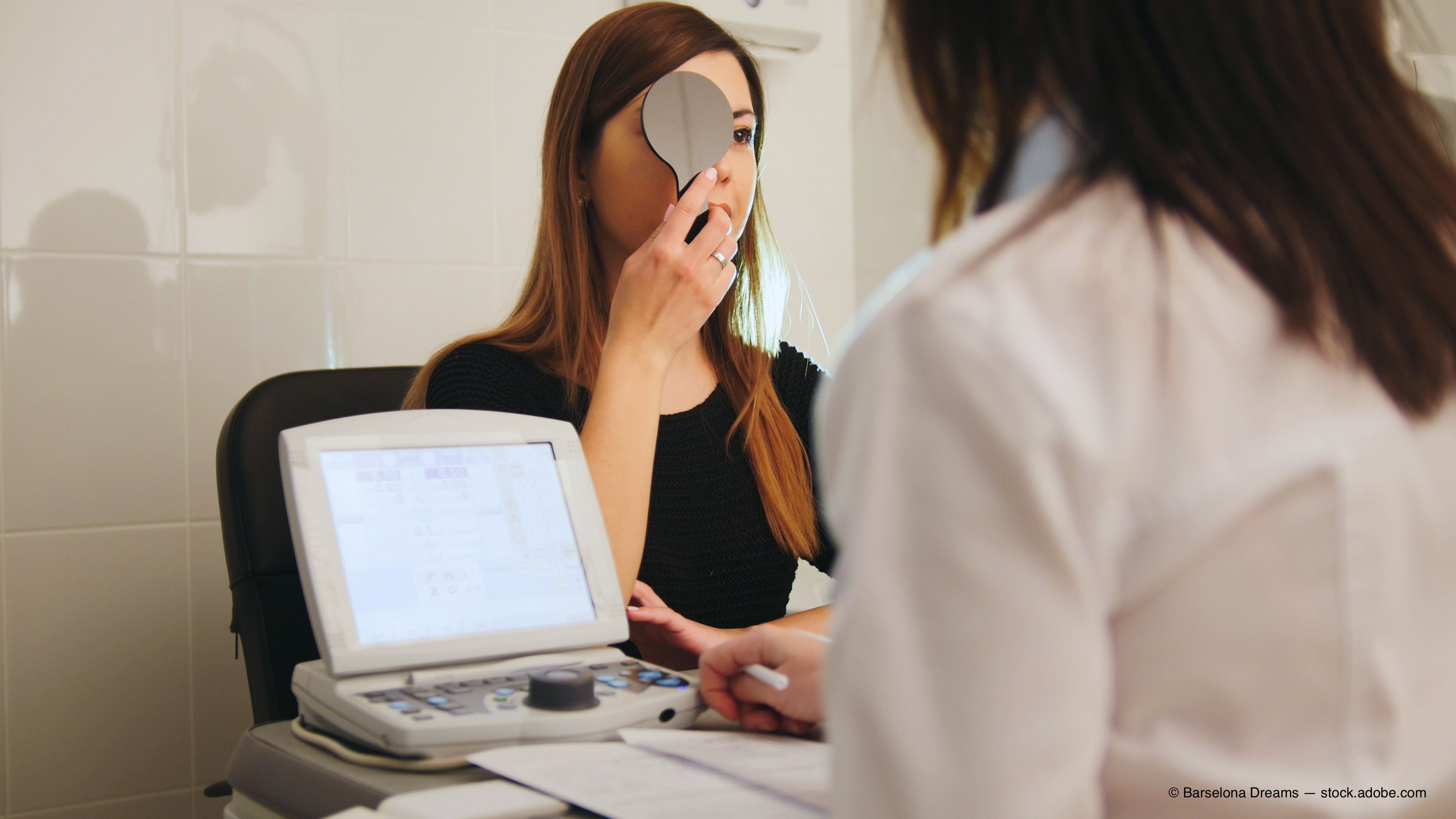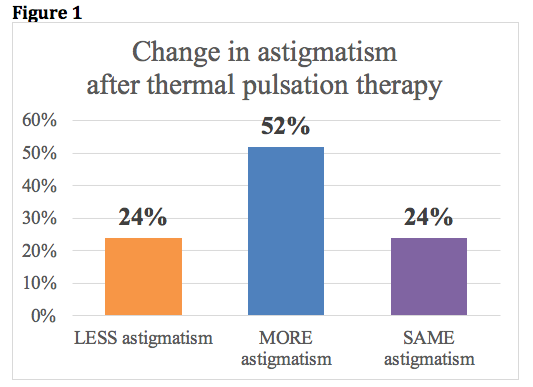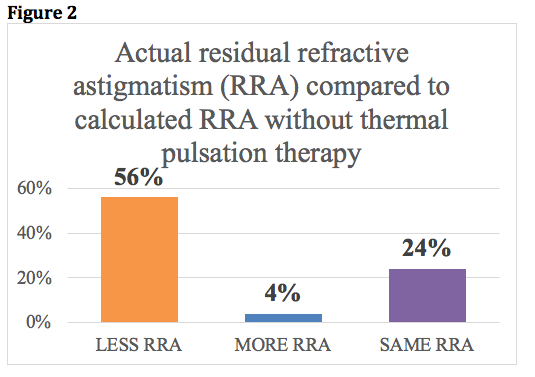Article
Everything you thought you knew about astigmatism and dry eye is wrong
Author(s):

Editor’s Note: Welcome to “Let's Chat,” a blog series featuring contributions from members of the ophthalmic community. These blogs are an opportunity for ophthalmic bloggers to engage with readers with about a topic that is top of mind, whether it is practice management, experiences with patients, the industry, medicine in general, or healthcare reform. "Let's Chat" continues with this last installment of a three-part blog series by Cynthia Matossian, MD, FACS. The views expressed in these blogs are those of their respective contributors and do not represent the views of Ophthalmology Times or MJH Life Sciences.
Conventional wisdom is that an unstable tear film in patients with dry eye produces pseudo-astigmatism; that dry, irregular surface makes the eye

appear to have more cylinder than it actually does.
Once treated, the ocular surface should be smoother, and the patient will therefore have less astigmatism.
Read the first installment: Addressing common thermal puslation questions
Or, at least that’s how I thought it worked. But in a study I recently conducted, 52% of eyes had a higher magnitude of astigmatism when measured six weeks after treatment with thermal pulsation therapy for meibomian gland dysfunction (MGD) than before treatment (Figure 1).
We were unable to predict the magnitude or direction of the cylinder change based on the baseline pre-treatment keratometry. That’s why it is so important to treat the underlying MGD before performing biometry and IOL power calculations for cataract surgery.
Read the second installment: 3 questions patients always ask about thermal pulsation therapy

Results
For this study, I evaluated keratometry, refractive error, and other measures at baseline and six weeks after a single thermal pulsation treatment (LipiFlow, Johnson & Johnson Vision) in patients with MGD who were scheduled for subsequent cataract surgery.
The post-thermal pulsation biometry was used to calculate IOL power and determine my approach to astigmatism management (toric IOL, limbal relaxing incision, or nothing).
Finally, the actual refractive results were compared with those I would have obtained had I relied on the pre-treatment biometry.
Related: Impact of MGD treatment on keratometry
It turned out that 56% of eyes had less residual refractive astigmatism (better outcomes) after surgery than they would have had if they had undergone cataract surgery without having the LipiFlow treatment first (Figure 2).
This is good evidence that treating MGD is important for optimal results during cataract surgery. Moreover, it cannot be presumed the “true” astigmatism will always be less than what we see with an unstable tear film.
Read more "Let's Chat" blogs here
Newsletter
Don’t miss out—get Ophthalmology Times updates on the latest clinical advancements and expert interviews, straight to your inbox.





